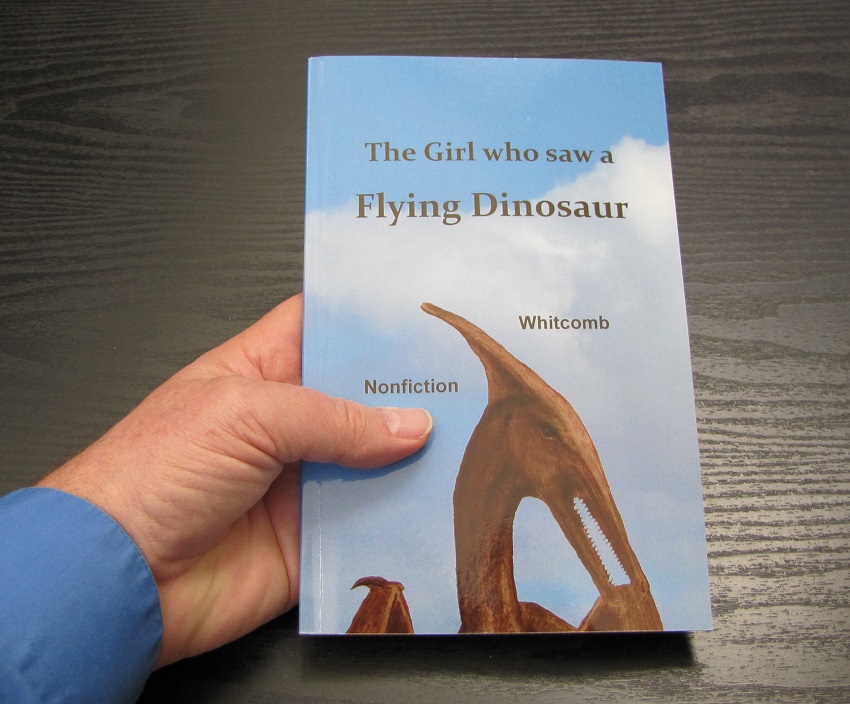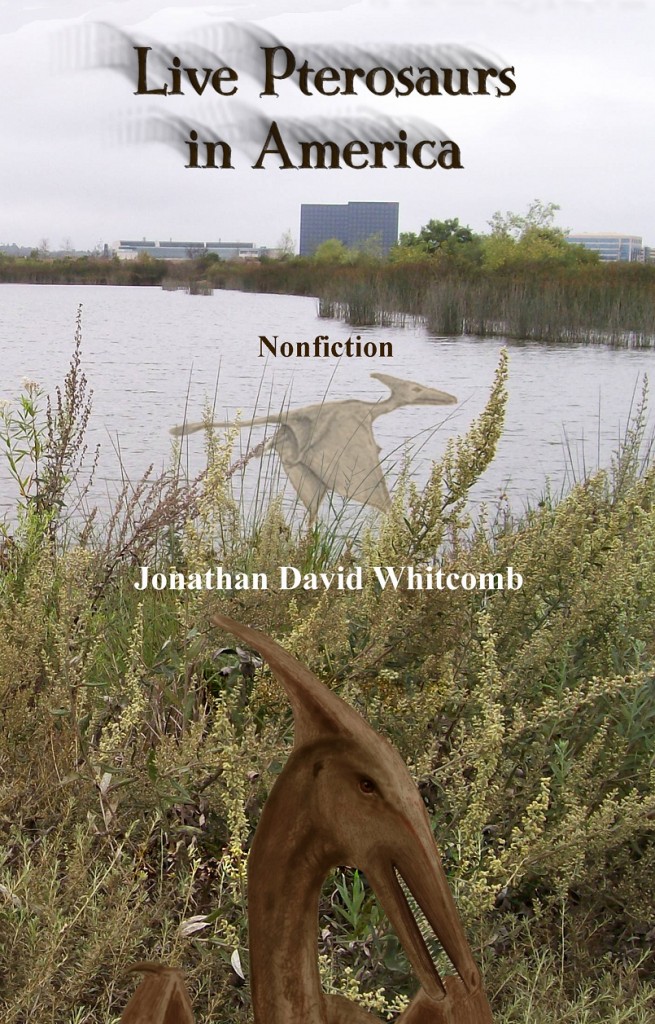This post had a major revision on December 7, 2018
The photograph, or apparent photo, which played a major role in the nonfiction cryptozoology book Modern Pterosaurs I no longer support. That’s why I stopped the printing of that book. I still maintain, however, that at least the great majority of sighting reports that I have received over the past 15 years—those are valid cryptozoological evidences for extant pterosaurs. This post now covers the other nonfiction books that I have written and published over the years, and why they are not, for the most part, in the genre of Biblical creationism.
The Living-Pterosaurs Books now Supported by Whitcomb
- Searching for Ropens and Finding God (fourth edition)
- Live Pterosaurs in America (third edition)
- Live Pterosaurs in Australia and in Papua New Guinea (This is a free online book, not available in print.)
- The Girl who saw a Flying Dinosaur (for older kids and teens)
I wrote and published the above four nonfiction books to help readers come to know the truth about these wonderful flying creatures. I believe in allowing people to believe what they will concerning Bible interpretations regarding how long life has existed on this planet. I also believe that we will all, at some time in the future, come to a united knowledge and a common understanding regarding the origin of life on this planet. With that said, I feel that knowledge of modern pterosaurs will help us prepare for the time when we’ll received a greater knowledge about life origins.
In Conclusion
At least up until the end of 2018, none of my books that are still in print are, for the most part, in the genre of Biblical creation-science, although SFRFG (4th edition) and LPA (3rd edition) have some references to the Bible regarding belief in modern living pterosaurs. Nevertheless, each of my living-pterosaur books that are now in print are primarily in the genre of cryptozoology.
###
Copyright 2018 Jonathan D. Whitcomb (“Modern Pterosaurs Creationist Books?”)
.
New cryptozoology book on modern pterosaurs
My newest nonfiction book, The Girl who saw a Flying Dinosaur, was published in November of 2018 and is available on Amazon and other online book retailers. It differs from the other nonfiction cryptozoology books I’ve written. . . . [This one is for children and teenagers.]
.
I was asked about the possibility of religious bias in the thinking of those who believe the eyewitnesses of apparent living pterosaurs. I replied that bias is not restricted to those who are religious. Why should Christians be singled out for potential bias? Any person of any philosophy may well be biased about particular ideas.
.
Civil War Pteranodon Photograph
On January 14, 2017, the physicist Clifford Paiva, of California, and I (Jonathan Whitcomb) jointly agreed that the image of an apparent pterosaur in this photograph is in fact a valid recording of a modern pterosaur.
.
The Flood of Genesis, dinosaurs, and pterosaurs
The combination of a head crest and a Rhamphorhynchoid tail is uncommon in pterosaur fossils (but not totally absent from all types); yet that combination is common in eyewitness reports in the past 100 years. For some reason, long-tailed ropens (like Rhamphorhynchoids but sometimes much larger than fossils) may account for more than 60% of all modern pterosaurs, perhaps much more.
.
Old Civil War Pteranodon Photograph
If you had asked me about this old photograph, of an apparent pterosaur, 25 years ago, I would have said that it’s probably a hoax. How much I have learned in recent years!





